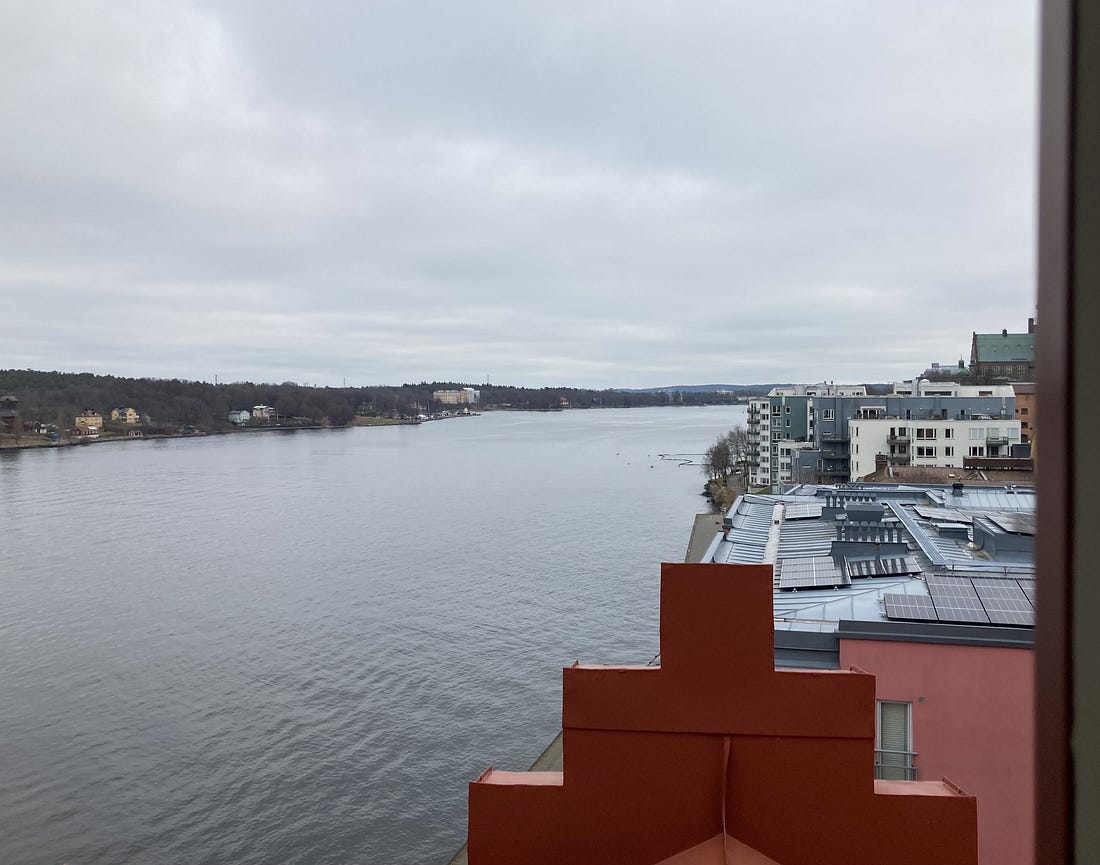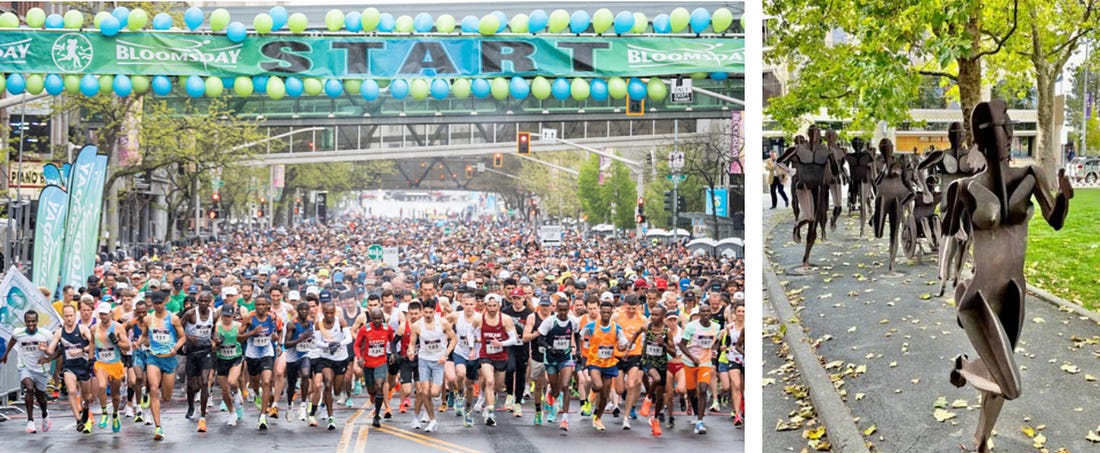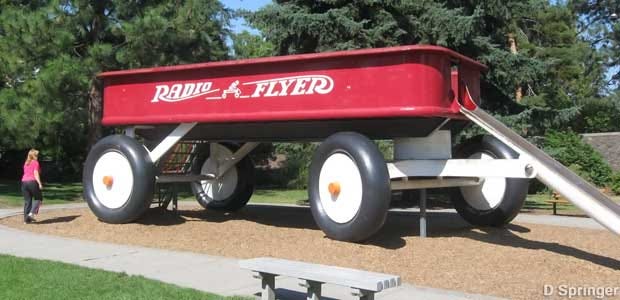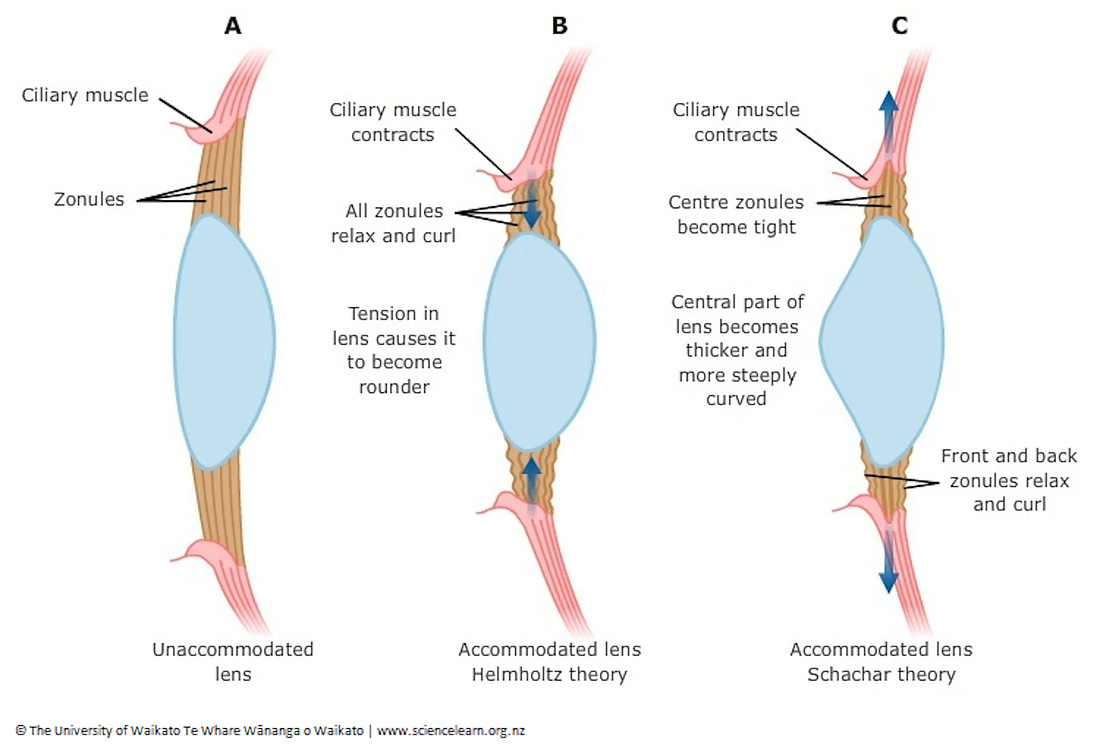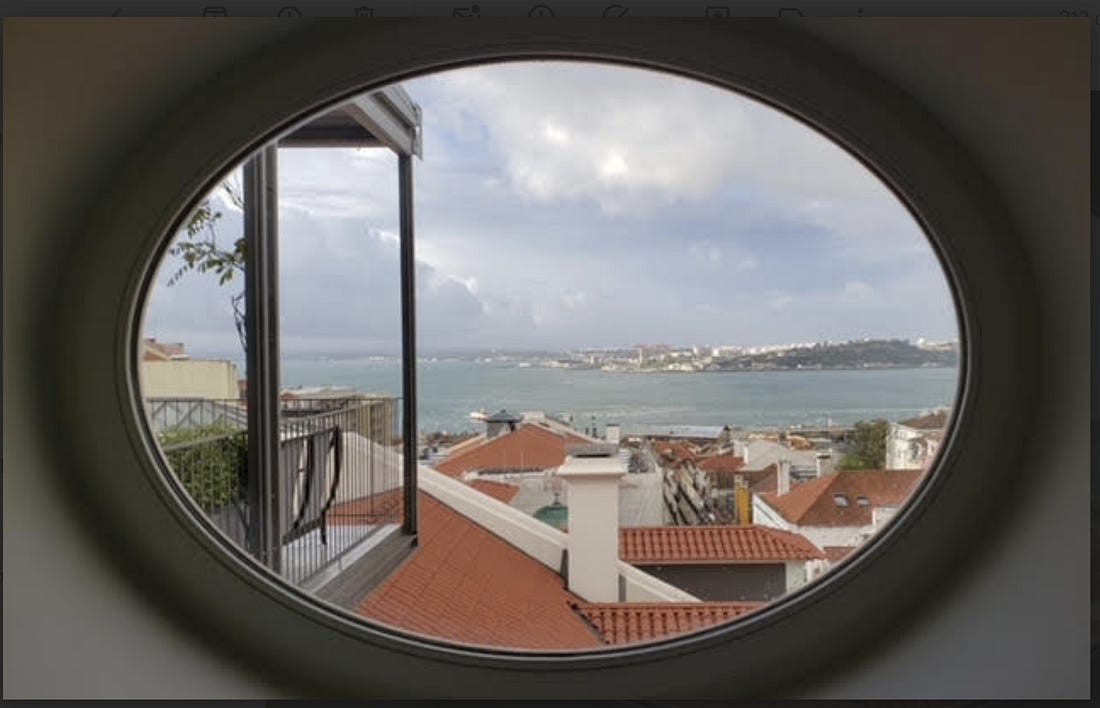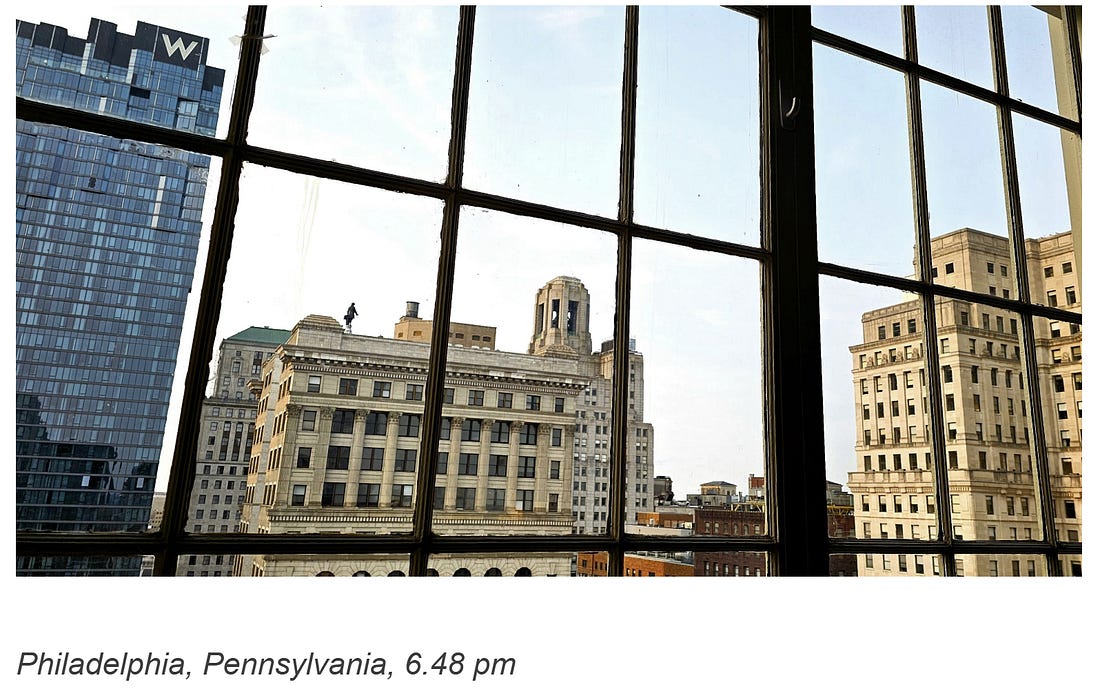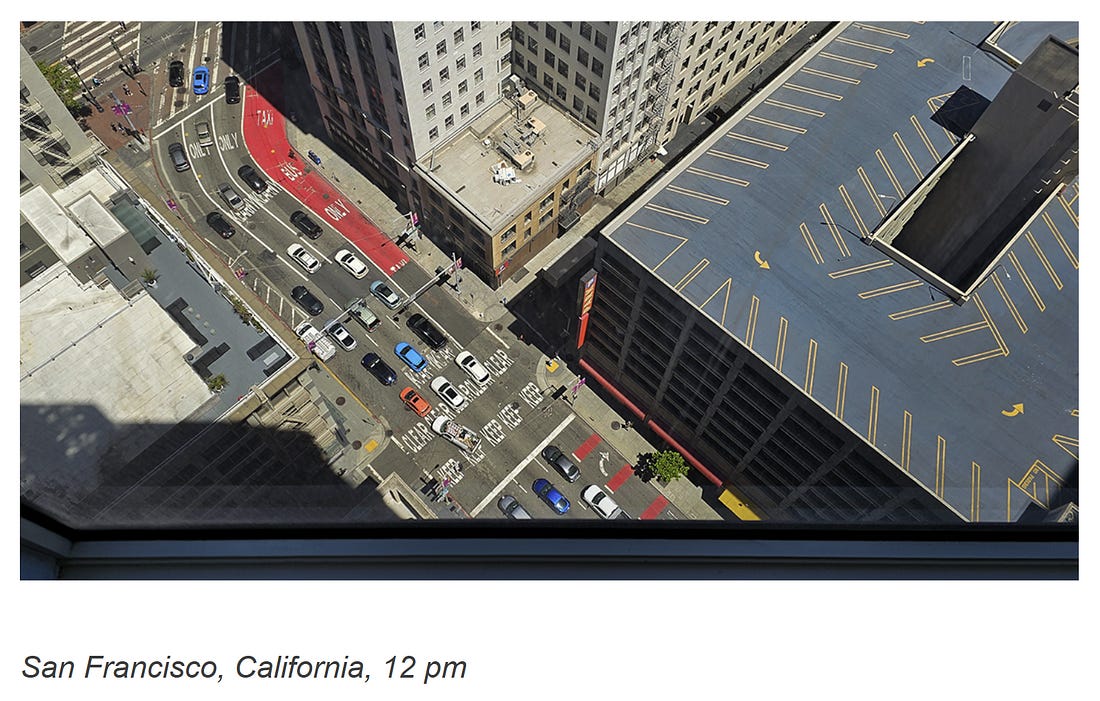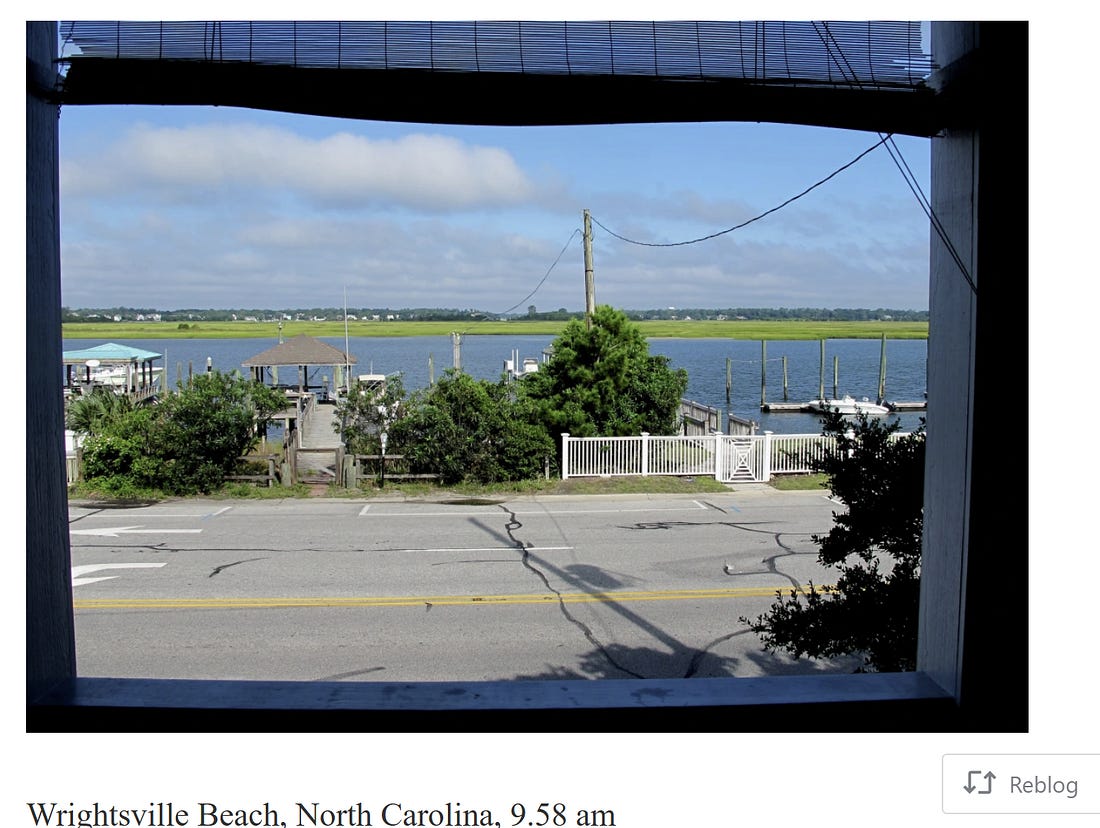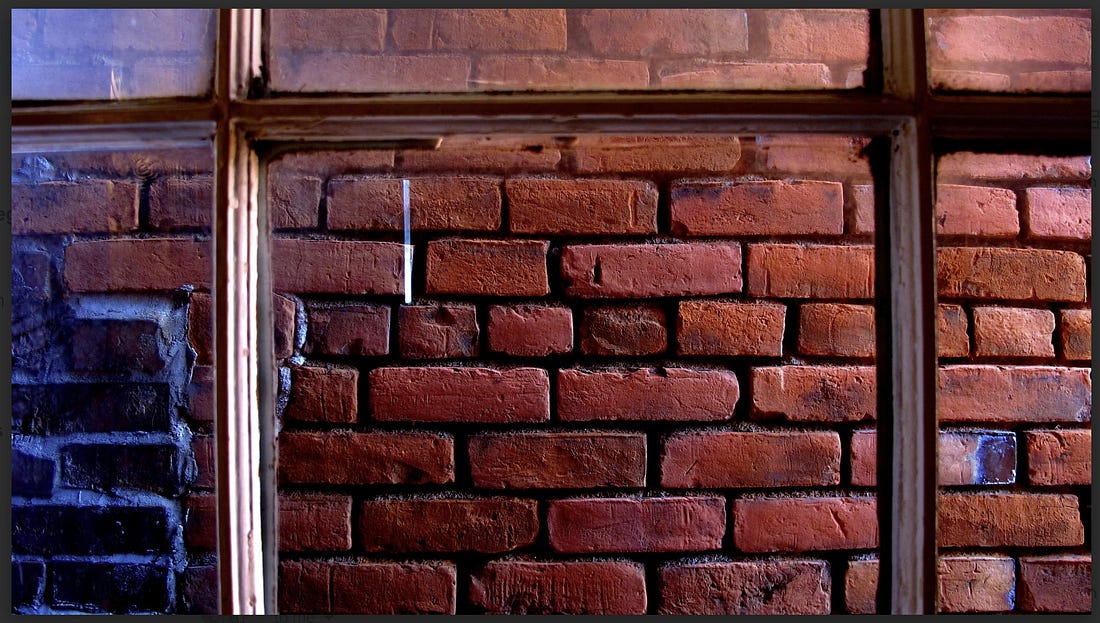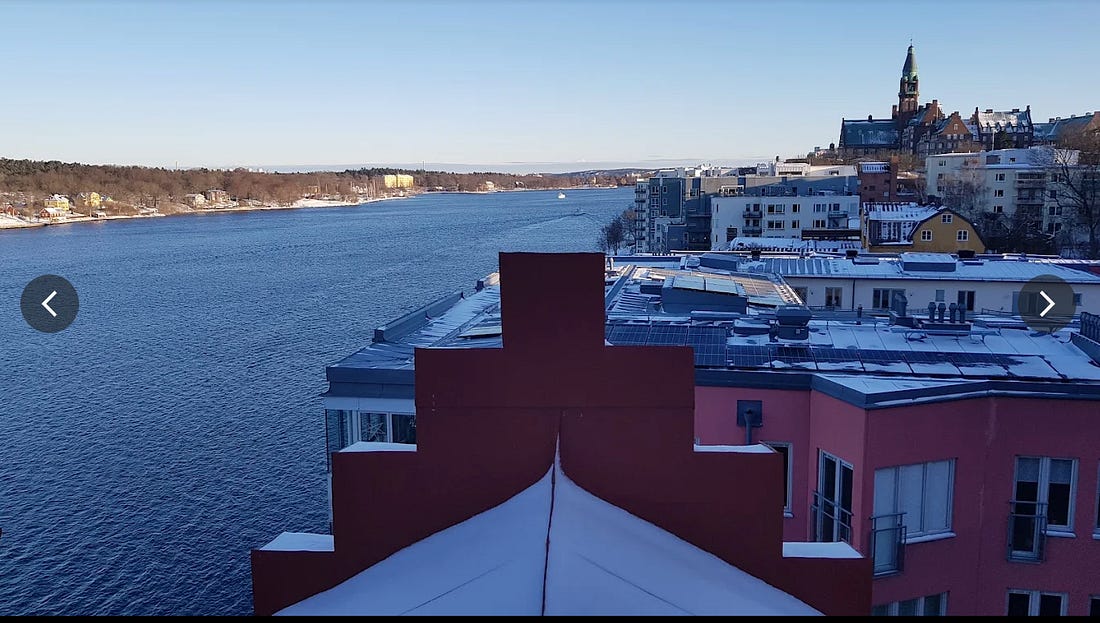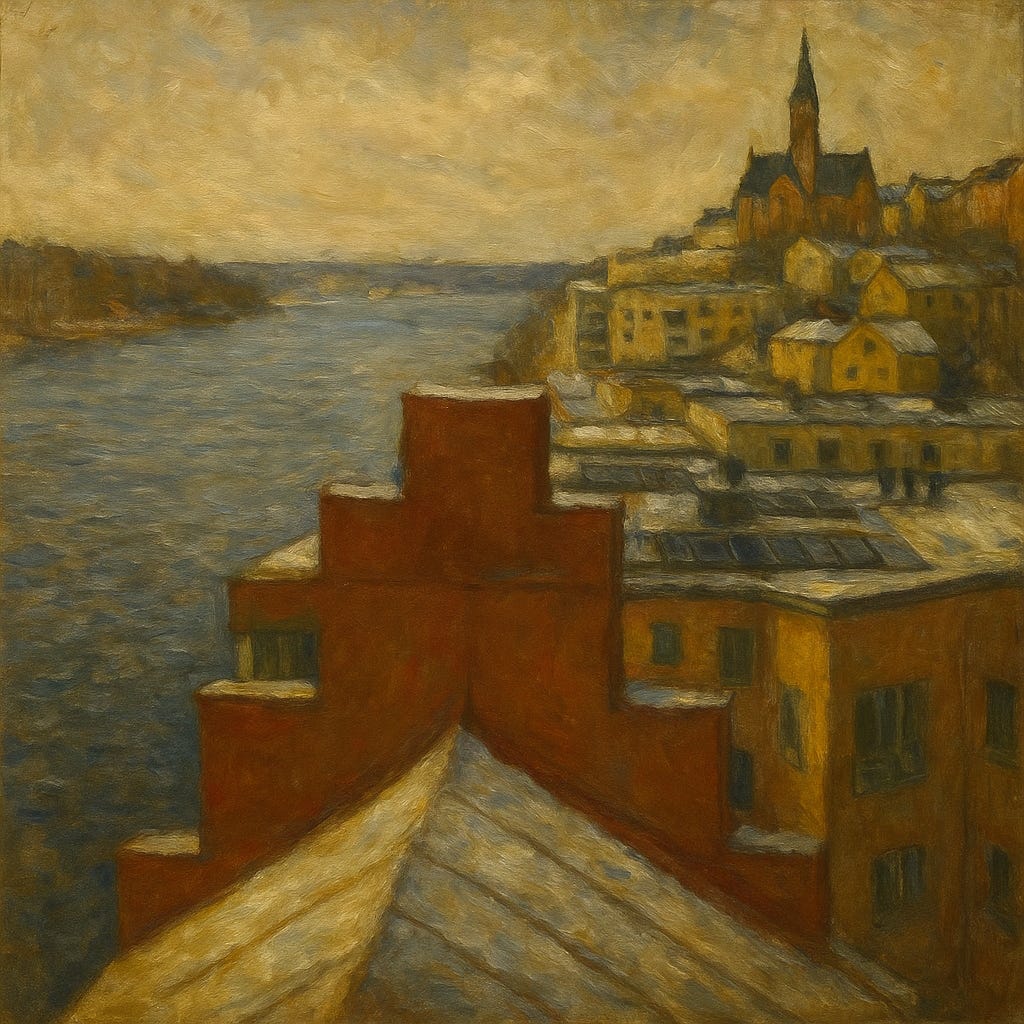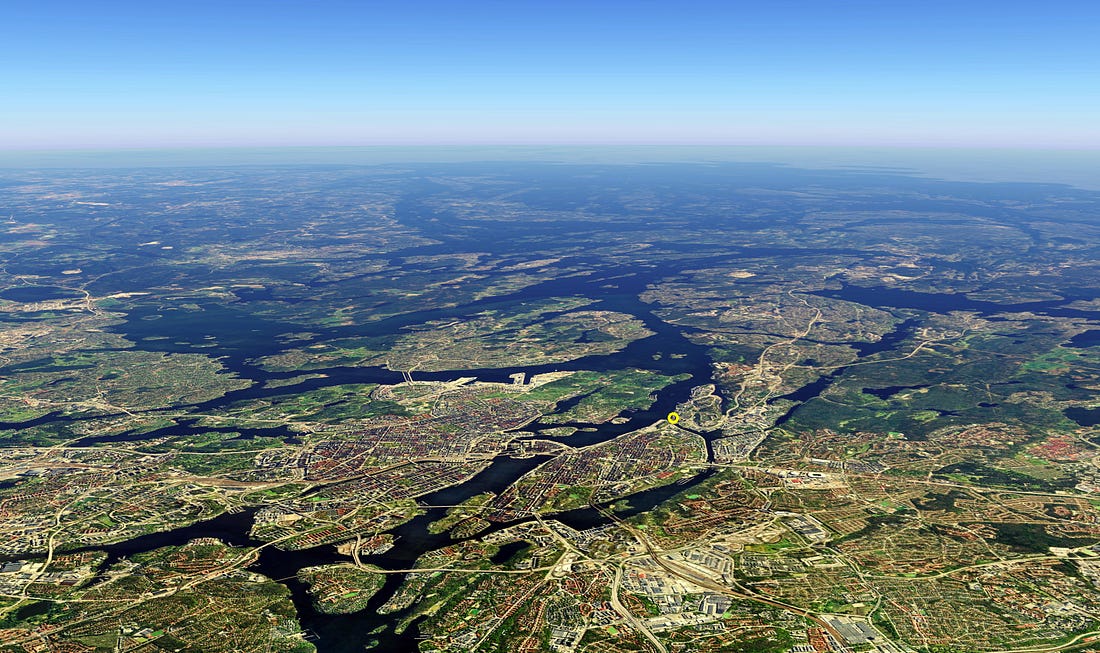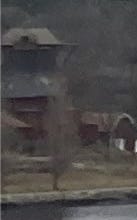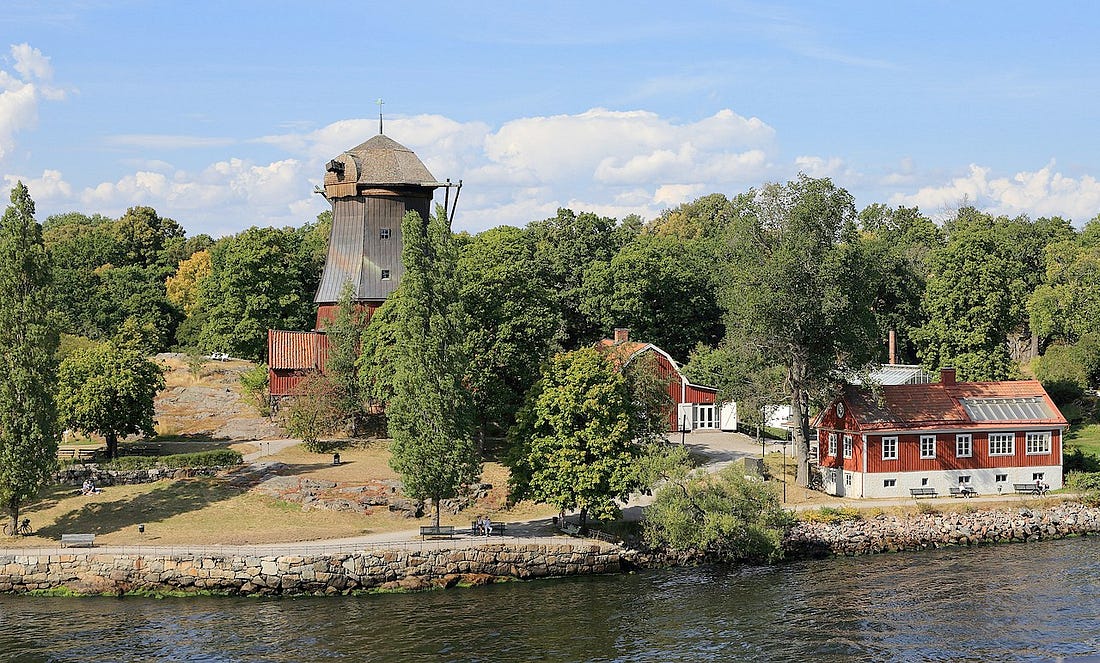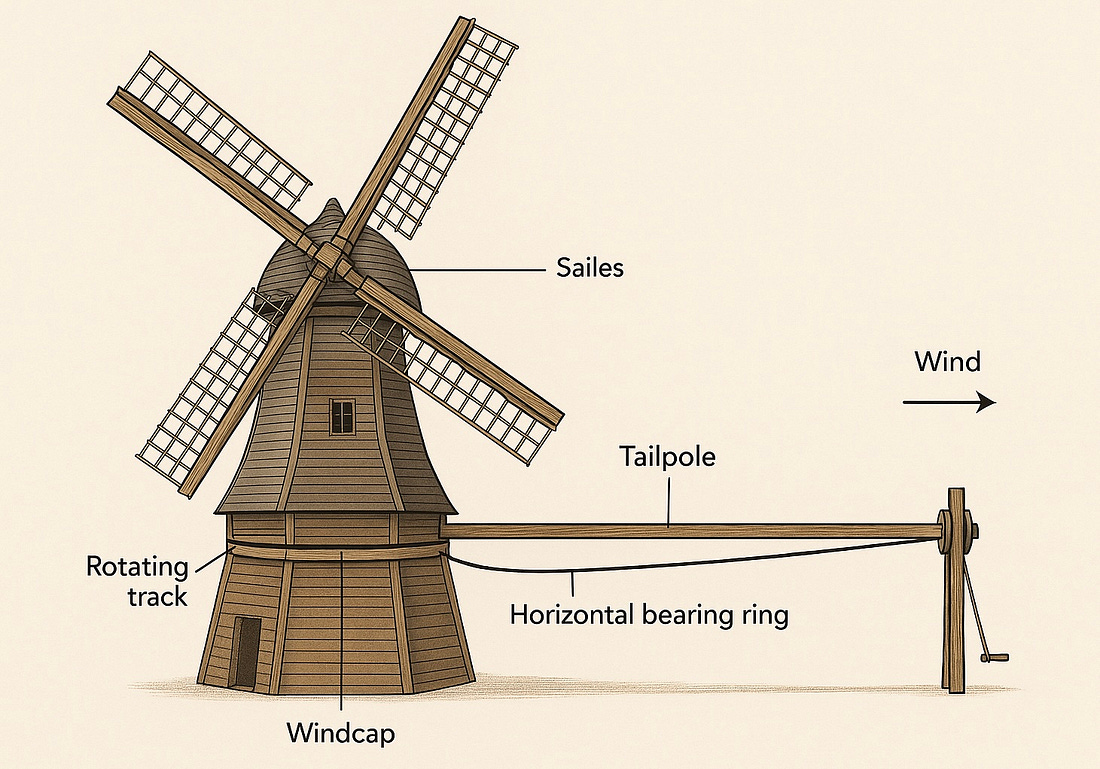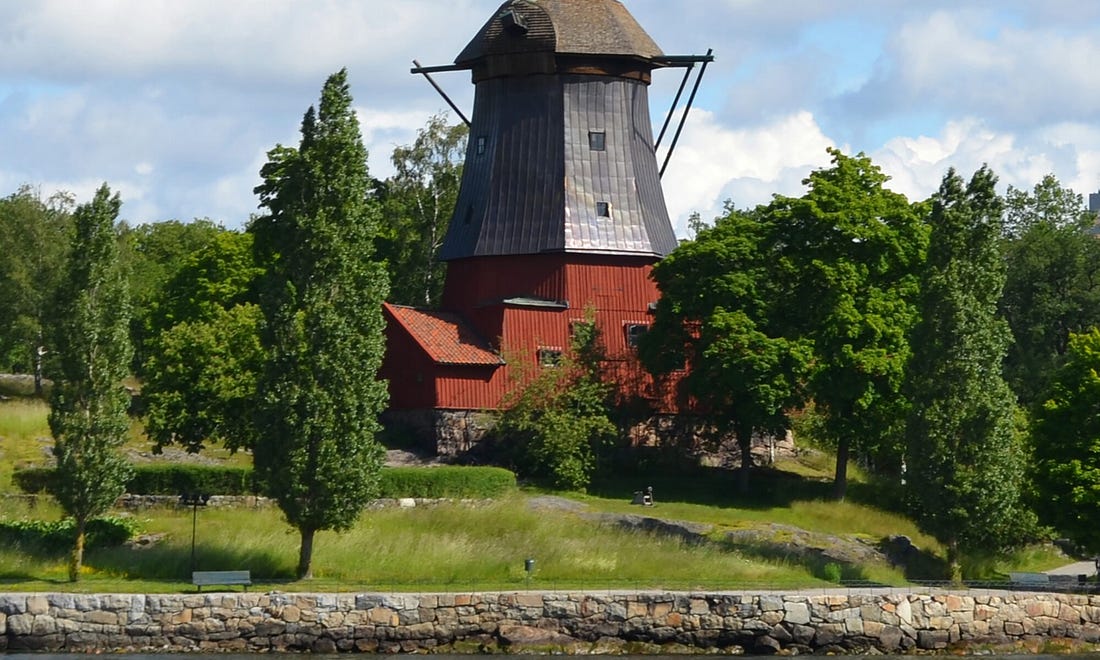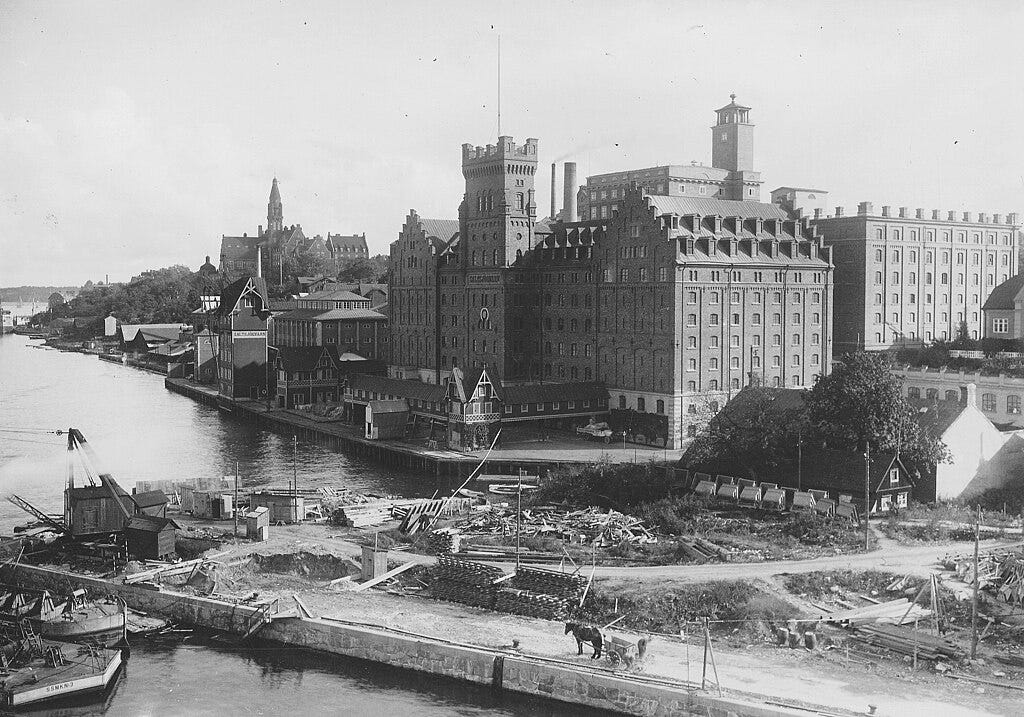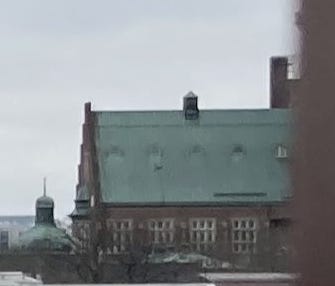(For the View From Your Window contest, the results below exceed the content limit for Substack’s email service, so to ensure that you see the full results, click the headline above.)
From the winner of our latest contest:
Wow, thank you! I will take the VFYW book. What an honor! I have always admired the skill and intuition of VFYW winners. This victory has brought a bit of happiness in what has otherwise been a difficult time, as I await my fate as a federal employee caught in the crosshairs of the administration’s DOGE efforts.
The VFYW reminds me that connection, curiosity, and a shared sense of wonder are very much alive. Indeed, this contest is one of the most thoughtful and quietly uplifting corners of the internet.
I texted that to Andrew, and we’re both quite chuffed. The VFYW crowd gets more and more wonderful by the week.
A new sleuth responds to the email version of our latest contest: “I thought from the subject line (‘Nice Marmot.’) that the location was going to be Ulaanbaatar — a very chill, nay, even freezing city, where marmot is a delicacy.” Another followup comes from our super-sleuth in Yakima:
I was surprised the Spokane writeup didn’t mention Bloomsday, the city’s annual 12k run that took place last Sunday (May 4). With 33,000 entries this year, it’s one of the largest road races in the US. Always held the first Sunday in May, it’s named after the lilacs that give Spokane its “Lilac City” moniker, rather than the similarly named timespan in James Joyce’s Ulysses.
Bloomsday also comes with a matching piece of street art, “The Joy of Running Together” — a set of 40 life-size steel figures that stretch for a block along Riverfront Park:
The sculpture is by the late artist David Govedare, whose most frequently seen work — sometimes with a double-take over unsuspecting drivers’ shoulders — is probably “Grandfather Cuts Loose the Ponies,” aka the Wild Horse Monument, which stretches along a sagebrush ridge above I-90 where it crosses the Columbia River at Vantage:
That 1989 sculpture is incomplete. At the time, it proved impossible to raise enough funds to include three additional horses and Grandfather’s (the Great Spirit’s) basket, which were part of the original design:
From our public art sleuth in Bethlum:
Following up on my latest entry: because I so enjoyed listening to an old favorite — “500 Miles” by The Proclaimers — while reading the cinema report, I feel a bit guilty for not including the referenced Big Red Wagon in Spokane. This is a piece also by Ken Spiering (who created the Redband Trout sculpture in front of the convention center that I did include), which includes a slide for those so inclined to a bit of interaction with the public art:
The VFYW chef responds to another star of the contest:
At the request of the Milwaukee biologist, I present to you the phalluses (or phalli, as the NYT Spelling Bee insists on calling them):
They are Solomon’s Seals, Polygonatum multiflorum, in the asparagus family. The photo in the middle is from our garden showing the mature plant, and the one on the right illustrates one theory behind the name: the scars on the root where previous stems were attached look like royal seals.
Speaking of the Milwaukee biologist reminds me of the rabbit hole I went down when she wrote about the gannet’s eye for contest #460 last month. I wanted to understand how pulling on the edges of that bird’s lens would make for a more close-up focus; naively, it would have the opposite effect by flattening the lens. I found this article on two theories with more or less opposite explanations. Here’s an illustration from the article:
The one on the right is more recent (1992) and fits with the photograph the biologist showed of the merganser eye. The idea is that stretching the margins of the lens causes it to bulge in the middle as fluid flows away from the edges.
I love the biology lessons!
I also appreciated one of Berkeley’s movie recommendation that week, In the Land of Saints and Sinners. My wife and I thoroughly enjoyed it.
The biologist exclaims:
Whoa, another Milwaukee sleuth! And one from Edmonton, where I studied during the late ‘70s and early ‘80s! VFYW-land is getting smaller and smaller.
By the way, Chaoborus — the tiny aquatic creatures you noted in the last contest— are super cool, and I used to keep them in an aquarium. They have little silver bubbles of gas in their shoulders and hips, which they can inflate and deflate to keep themselves floating flat in the water. Transparent plus bling — I’m hooked.
The following sleuth has been hooked on the VFYW for a while:
You guys have published at least a half-dozen of my pics over the years, so I’m not quite as eager as I used to be with my view submissions, but I always pay attention. This was a contest pic from April 2022 in Lisbon, Portugal:
And here are a few regular VFYW pics:
I think my favorite one (published in May 2013) was in New Orleans for Jazz Fest, and it was the view from my B&B — HA!
I distinctly remember that brick wall, and unfortunately I re-remembered it a day too late in 2022 — the last time April 1st landed on a Dish Friday; I should have trolled you all for April Fools. (The next time April 1st lands on a Friday is in 2033, so watch out.)
On to this week’s view, our super-sleuth in Nashua writes, “Our good buddy Hanns posted a similar view three years ago, but looks like it’s a window or two inland from this week’s view”:
The super-sleuth in Albany runs through some details:
We see: drab gray weather, a Scandi-looking roof feature, a wide river, across which we see lots of deciduous trees sans leaves, and yet the building in front of us is covered in solar panels. You’ll need a lot of panels in a northern climate, which is going to cost a lot of money, for not that much return. So it’s a Northern European city located by the water with wealthy and eco-conscious residents.
She eventually got to the right place. So did the super-sleuth in San Mateo (but I’m redacting the location for now):
One of the most famous painters from [city redacted] is Anders Zorn (1860–1920), known for his portraits and impressionistic depictions of everyday life. His skill in watercolor and oil painting made him one of most celebrated artists in [country redacted], and he gained international recognition for his ability to capture light and movement. Below is our VFYW Reimagined as if painted in oil by Zorn: soft, earthy greys and ochres, loose brush‑work on the rippling water, and the distinctive red window feature in the foreground:
Here’s the UWS super-sleuth:
I don’t have the window, but I do have a wild-ass guess as to the area: Tampere, Finland — in the Restina district, and on Lake Pyhäjärvi (with its plethora of umlauts). I was initially heading down the Stockholm path, and it’s too complicated to explain how I ended up with Tampere. I’ll just say that it involved translating some real estate advertisement from Finnish to English. To be clear, Google did the translation, not me!
Chini, per usual, circles the right spot in yellow:
A previous winner sees “somewhere on a river in the Netherlands”:
The stepped red wall looks Dutch, and there’s lots of solar stuff, which the Netherlands is really into. Although I could find no joy on Google Maps, I’m sticking with that guess.
The Intrepid Couch Traveler gets more specific with his Dutch guess:
My couch was in the shop this week, but the house on the very left looks kind of like a converted windmill, so I will go with Amsterdam, Netherlands. Am I right?
Right about the windmill. That charming clue is also spotted by the super-sleuth in Brookline:
Initial vibes for this week’s view suggested northern Europe, but otherwise the modern-looking flats along the water seemed pretty generic. Two structures on the far edges of the view helped to narrow things down. The one of the left seems like a wooden tower of some sort, so I thought maybe the remnants of an old fort or a windmill without sails:
This led my search through a digression into the world of Russian ostrog forts usually made of wood and with distinctively shaped towers. Interesting, but ultimately not helpful, other than to reinforce my impression of Northern Europe. Later, once I had the correct location, I confirmed that it was indeed an old oil windmill that was built in 1784 and used to produce linseed oil.
More on the mill from the super-sleuth in Asheville:
At the left edge of our VFYW is an old linseed oil mill. Until this week, I never knew that linseed oil is made from flax seed. This particular mill was wind powered — a type known as a “Dutch mill.” It has a rotating roof cap, which could be turned by a winch mechanism to orient the sails with respect to the wind:
Proper orientation of the sails was important to effectively harness wind energy and to prevent damage to the sails. Mills which were built later usually incorporated fantails which automatically rotate the mill’s cap to face the wind. The mill was built in 1784 and is an important piece of industrial history with only five remaining in the world.
This week’s window building was also once a mill, but it was a steam-powered flour mill and the largest steam-powered mill in Scandinavia. In 1988, it was converted into a luxury hotel, preserving its red brick façade and many of its original tiny windows.
Here are the tiny windows in 1925, via the super-sleuth in DC:
Here’s the Brookline sleuth again, with another clue — and he names the right country and city:
It was the structure on the right that got me on the right track:
I scrolled through many images of green copper roofs and domes, without much luck, but it occurred to me that the stepped gables were significant. After some research, I found that this combination of stepped gables + reddish bricks typifies the brand of Dutch Renaissance architecture that was influential across northern Europe — not just in the Netherlands and its neighbors, but also as far as Scandinavia and the Baltic States. ...


